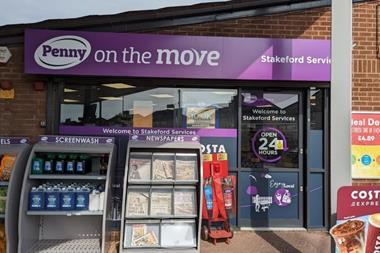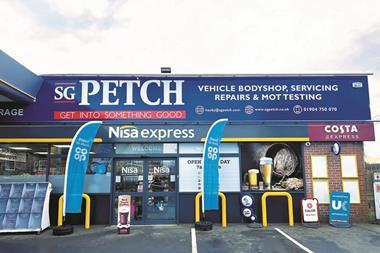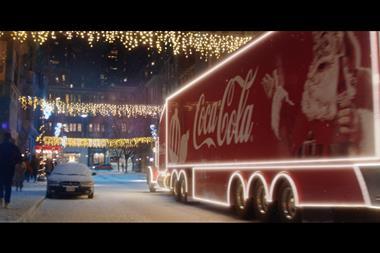Today in the UK, 13 million households have a pet. Our pet population includes nine million dogs, eight million cats, 900,000 rabbits, 400,000 snakes and lizards, and 100,000 rats. Most owners will no doubt shop at specialist stores such as Pets at Home or buy their petcare items along with their supermarket shop. However, with so many forecourt stores today acting as the ’local’ shop there are always distress purchases to cater for.
Roberto De Felice, strategic demand director at Mars Pet Nutrition UK, says petcare shoppers are extremely valuable to the convenience channel. "They spend, on average, £782 per year more than non-pet owners and even excluding the money spent on pet food, the average pet owner’s basket is worth nearly £4 more than a non-pet owner per shop (Nielsen data). As such, stocking up on the core range of petcare products provides c-stores with the perfect opportunity to take advantage of this increased demand for pet food and products."
We all know the appeal of price-marked packs (PMPs) and De Felice says Mars Petcare has seen that the rate of sale increases by an average of 50% on its SKUs when they are in PMPs. "In fact, for some sub-categories PMPs show a sales increase of up to 70%. These sub-categories include treats such as Pedigree Treats; super premium cat such as Sheba; and single-serve dog such as Pedigree Pouch." He adds that Mars Petcare has 38 SKUs in PMPs which are now available.
According to IRI data, it’s Felix that’s the number one selling brand across the entire pet food category, with total value brand sales worth over £244m. Six of the top 10 selling pet food SKUs last year were Felix pouches, including three of the top four: As Good As It Looks Ocean Feasts, Adult Fish Selection and Adult Mixed Selection. Liz Wood, Purina UK and Ireland market development organisation director, says to capitalise on this popularity and meet customer demand, it’s key that retailers stock the brand.
"In terms of market trends, shoppers are increasingly seeking more premium cat food options as an alternative menu for their cats. Felix offers a range of premium options, such as As Good As It Looks Doubly Delicious made by combining two different types of meaty or fishy ingredients in one pouch which is growing by 24.6% year-on-year (IRI)."
De Felice says category growth is currently being driven by dog care/treats (6% year-to-date), cat care and treats (3% YTD), super premium cat wet single serve (8% YTD) and dog wet single serve (6% YTD Nielsen). "While all segments contribute, these are forecast to continue to be large contributors to growth up to 2021," he explains.
He says the popularity of single serve pouches is increasing, with the decline of categories like canned foods (which has decreased in growth by 4.1% Nielsen). "This comes as consumers are looking for a convenient and fresh way to feed main meals to their pets and this is offered by pouch formats. With a rise in urban living, particularly among young professionals, there has been a significant increase in the population of small dogs, with the largest percentage of dogs in the UK (37%) classified as small and weighing 5-10kg. Pouches are the perfect serving size for smaller dogs, meaning that there are no leftovers and food is always fresh."
Meanwhile, one of the biggest trends affecting the petcare category is humanisation. Says De Felice: "Pets are increasingly treated as part of the family, and pet owners have the same expectation on the quality of food and services that they would choose themselves.
"With over 78% of owners wanting more special moments with their pets to enhance their relationship, of particular importance to the convenience channel are the trends of indulgence and treating."
According to the Pet Food Manufacturers Association, three-quarters of dog-owning households buy treats for their pets each year. In addition, the use of cat treats has also increased. For dogs, De Felice recommends bitesize treats such as Pedigree Tasty Bites for rewarding good behaviour or helping with training. For cats, Dreamies are described as ’an irresistible treat’.
De Felice points out that 50% of care and treat products are bought on impulse. "Secondary sites in store play a vital role in unlocking greater basket spend and encouraging last minute purchasing decisions. Popular and effective secondary sites include placing treats at the checkout and using clip-strips and counter-top units to create points of interruption in store."


























No comments yet